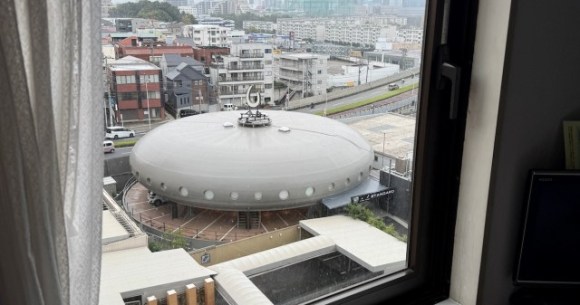By Akio Oikawa / Yomiuri Shimbun Staff Writer
2:00 JST, November 10, 2025
With less than two months remaining before the end of the year, sales of boxed osechi meals for the upcoming New Year’s festivities are in full swing. As customers tighten their spending amid rising prices, department stores and other businesses are expanding their selection beyond luxurious, high-end items by offering products that offer generous portions at reasonable prices.
Food prices continue to soar
Osechi is an assortment of traditional dishes eaten during the New Year holidays. Dishes are packed into layered boxes, symbolizing various wishes. Osechi is prepared in a way to allow family members to avoid having to cook during the first three days of the New Year.
The Yomiuri Shimbun
Sogo & Seibu Co.’s “Utage” osechi set features 66 food items, containing a good balance of Japanese, Western and Chinese foods.
This year, Sogo & Seibu Co. has introduced osechi sets that put an emphasis on value for money. The four-tiered 4-person “Utage” set, available for ¥23,220 including shipping, features 66 Japanese, Western and Chinese food items. By dealing directly with manufacturers and bypassing the middleman, its department stores were able to keep the price at around the same level as the regular three-tiered set.
“We believe it must be quite difficult for such volume to be possible at this price,” a company spokesperson said confidently.
The Yomiuri Shimbun
Daimaru Matsuzakaya Department Stores Co.’s osechi set was designed under the supervision of a Kyoto restaurant, featuring 46 Japanese and Western food items. The price was kept the same as last year despite the soaring cost of ingredients.
Daimaru Matsuzakaya Department Stores Co. also offers reasonably-priced osechi sets in addition to their luxury offerings that are overseen by renowned restaurants and chefs, for those who want to experience a feeling of luxury.
In the reasonably-priced range, a two-tiered osechi set, which features 100 items with Japanese, Western and Chinese dishes for three to four people, is available for ¥21,384. A popular two-tiered set for two people, designed with the oversight by a restaurant located in the famous Gion area of Kyoto, is priced at ¥11,880 and has been kept at the same price as last year despite rising ingredients costs.
“We’re making efforts to keep procurement costs down, such as by securing incredients early,” said Koji Asakawa, the buyer in charge of osechi at Daimaru Matsuzakaya.
Prolonged food price increases are a big factor behind the popularity of cost-effective osechi. A survey of 195 domestic food manufacturers by Teikoku Databank Ltd. found out that prices of more than 3,000 items went up in October.
Unique osechi products
Yomiuri Shimbun photos
Left: “Shokuiku Osechi Ryori” (osechi food education) combines a boxed osechi meal made from traditional ingredients with a picture book about the ingredients used. Right: Takashimaya Co.’s “Soro Katsu Osechi,” or osechi set for single-person households, contains small portions of kazunoko (salted herring roe) and kurikinton (mashed sweet potatoes with sweetened chestnuts), among other osechi dishes.
Takashimaya Co. is offering unique osechi sets that can be enjoyed for under ¥10,000. The “Soro Katsu Osechi,” priced at ¥6,480, contains small portions of traditional New Year dishes and is perfect for single-person households. The “Shokuiku Osechi Ryori,” or food education osechi set, is available for ¥5,000 and comes with a picture book explaining the ingredients used.
The company also offers products that allow customers to select items based on their budget and preferences. The customizable osechi, priced from ¥13,500, offers nine dishes out of a selection of 35 food items. The dishes are overseen by popular chefs and include items such as abalone simmered in oyster sauce and orange-flavored crossbred duck.
A company spokesperson said, “We aim not only to meet diverse customer demands but also to pass on the culture of osechi to the next generation.”
More people buy osechi
Osechi has become a “ceremonial dish,” for families to come together and enjoy the atmosphere during the New Year period, according to Prof. Tomohiko Nakamura of Kobe International University, who is well-versed in osechi market trends. He said that an increasing number of people are purchasing osechi dishes from stores rather than cooking them at home.
“While many consumers opt for casual, affordable osechi sets, there are a certain number of people who still seek high-end ones, indicating a growing polarization. This trend is likely to continue,” Nakamura said.





